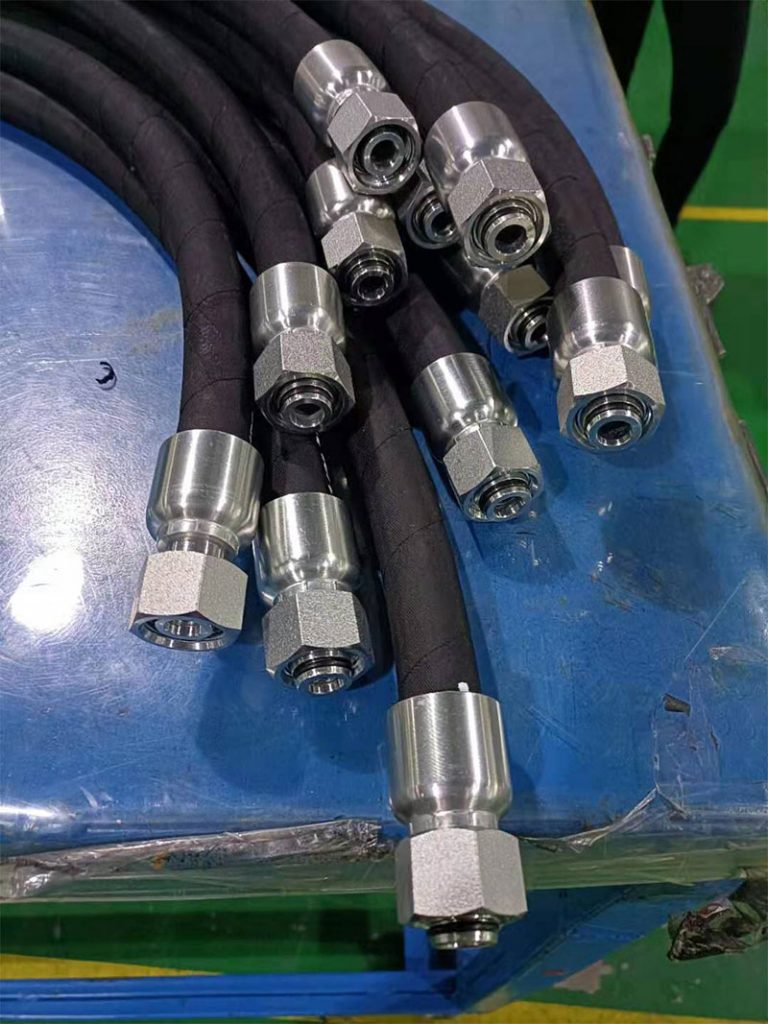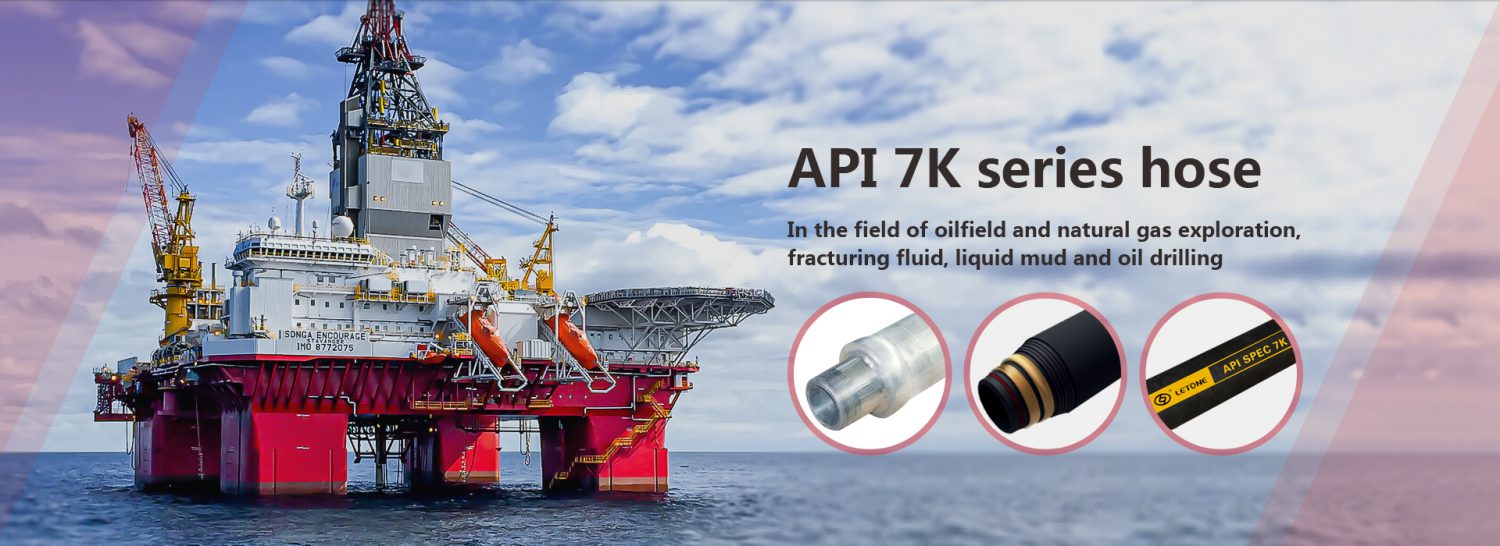Rubber hoses are made from rubber as a raw material and have a wide range of applications, mainly used for conveying fluids such as clean water, mud, and concrete. In construction, concrete conveying hoses are mainly used for conveying cement mortar, cement slurry, concrete, cement mortar, etc. They can protect pipelines and prevent them from being damaged. So what does the service life of concrete conveying hoses depend on? Now let’s introduce it to everyone. Quality of raw materials The raw material of rubber hoses is rubber, so the quality of the raw materials determines the service life of the…
Rubber hoses are made from rubber as a raw material and have a wide range of applications, mainly used for conveying fluids such as clean water, mud, and concrete. In construction, concrete conveying hoses are mainly used for conveying cement mortar, cement slurry, concrete, cement mortar, etc. They can protect pipelines and prevent them from being damaged. So what does the service life of concrete conveying hoses depend on? Now let’s introduce it to everyone.

Quality of raw materials
The raw material of rubber hoses is rubber, so the quality of the raw materials determines the service life of the hoses. When selecting rubber hoses, it is advisable to choose high-quality, low impurity, residue free, and odorless rubber hoses as much as possible. It should be noted that in the production process of rubber hoses, no chemical substances can be added to the rubber, otherwise it will affect the performance and lifespan of the hose. In addition, attention should be paid to the proportion of raw materials, and the dosage should be reasonably controlled during the proportion. Excessive use will increase the weight of the hose. In addition, before use, the raw materials should also be checked for obvious signs of trauma and cracking.
Production process
1. When making rubber hoses, it is necessary to ensure that their surface is smooth in order to improve their tensile strength and tear resistance. 2. During the production process, the interior of the rubber hose should be uniform and free from cavities and cracks. During production, it is important to avoid causing damage to the product, as this may affect its lifespan. 3. When choosing raw materials, it is important to choose high-quality rubber hose products. A high-quality rubber hose product meets standards in terms of size, thickness, appearance, elasticity, and other aspects. 4. When making rubber hoses, it is important to pay attention to operating standards. Different types of materials cannot be mixed together, otherwise it will affect their service life. 5. When making rubber hoses, it is necessary to vulcanize the rubber to ensure that its interior is evenly and tightly packed. If the interior is uneven or has voids and cracks, it will affect its service life. 6. When installing rubber hoses, it is important to avoid contact with sharp objects, as this may affect their service life.
Rubber tube quality
The quality of rubber hoses directly affects their service life. If the quality of rubber hoses is not good, it can easily lead to hose breakage and even pipeline rupture and other problems. Therefore, when purchasing rubber hoses, we must choose high-quality products. So how to judge the quality of the rubber hose? 1. The surface of the hose is smooth, without bubbles, damage, cracks, or burrs. 2. The specifications of the rubber hose meet the requirements of the product standard. 3. The specifications of the rubber hose should match the actual usage and should not be too many or too few. 4. The inner layer of the rubber hose is evenly coated with gloss, and the thickness of the hose is uniform.
Installation quality of hoses
1. When installing the hose, do not let it bend excessively to avoid damaging the hose. In addition, when the hose is connected to the valve, the hose cannot be bent or folded. 2. During the installation process, we cannot pull too tightly or too loosely to avoid unnecessary injury. Therefore, we must use suitable fittings to connect hoses and valves to ensure that they can function properly. 3. The hose must be installed vertically to avoid twisting and deformation. In practical work, specialized equipment should be used for installation operations. Due to the inability of the hose to withstand pressure exceeding its own weight, special tools should be used as much as possible during installation. 4. After the hose is used, it must be removed from the pipeline and cleaned. If the hose is not used for a long time, it should be stored in a cool and dry place to prevent deterioration.

